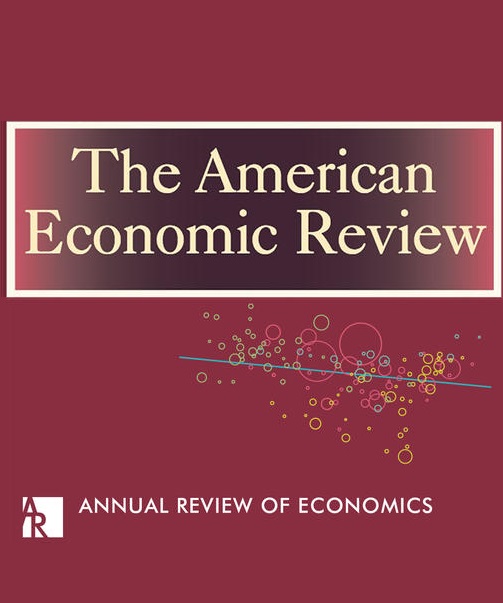Legal Origins and Female HIV.
IF 10.5
1区 经济学
Q1 ECONOMICS
引用次数: 69
Abstract
More than one-half of all people living with HIV are women and 80 percent of all HIV-positive women in the world live in sub- Saharan Africa. This paper demonstrates that the legal origins of these formerly colonized countries significantly determine current-day female HIV rates. In particular, female HIV rates are significantly higher in common law sub- Saharan African countries compared to civil law ones. This paper explains this relationship by focusing on differences in female property rights under the two codes of law. In sub- Saharan Africa, common law is associated with weaker female marital property laws. As a result, women in these common law countries have lower bargaining power within the household and are less able to negotiate safe sex practices and are thus more vulnerable to HIV, compared to their civil law counterparts. Exploiting the fact that some ethnic groups in sub- Saharan Africa cross country borders with different legal systems, we are able to include ethnicity fixed effects into a regression discontinuity approach. This allows us to control for a large set of cultural, geographical, and environmental factors that could be confounding the estimates. The results of this paper are consistent with gender inequality (the "feminization" of AIDS), explaining much of its prevalence in sub- Saharan Africa.法律渊源与女性艾滋病毒。
世界上一半以上的艾滋病毒感染者是妇女,80%的艾滋病毒阳性妇女生活在撒哈拉以南非洲。本文表明,这些前殖民地国家的法律渊源在很大程度上决定了当今女性艾滋病毒感染率。特别是,与民法国家相比,撒哈拉以南非洲普通法国家的女性艾滋病毒感染率要高得多。本文通过关注两部法典下女性财产权的差异来解释这种关系。在撒哈拉以南非洲,普通法与较弱的女性婚姻财产法相联系。因此,与大陆法系国家的妇女相比,这些普通法国家的妇女在家庭中的议价能力较低,谈判安全性行为的能力较差,因此更容易感染艾滋病毒。利用撒哈拉以南非洲的一些民族跨越不同法律体系的国家边界这一事实,我们能够将种族固定效应纳入回归不连续性方法。这使我们能够控制一系列可能混淆估计的文化、地理和环境因素。这篇论文的结果与性别不平等(艾滋病的“女性化”)相一致,解释了它在撒哈拉以南非洲的流行。
本文章由计算机程序翻译,如有差异,请以英文原文为准。
求助全文
约1分钟内获得全文
求助全文
来源期刊

American Economic Review
ECONOMICS-
CiteScore
18.60
自引率
2.80%
发文量
122
期刊介绍:
The American Economic Review (AER) stands as a prestigious general-interest economics journal. Founded in 1911, it holds the distinction of being one of the nation's oldest and most esteemed scholarly journals in economics. With a commitment to academic excellence, the AER releases 12 issues annually, featuring articles that span a wide spectrum of economic topics.
 求助内容:
求助内容: 应助结果提醒方式:
应助结果提醒方式:


